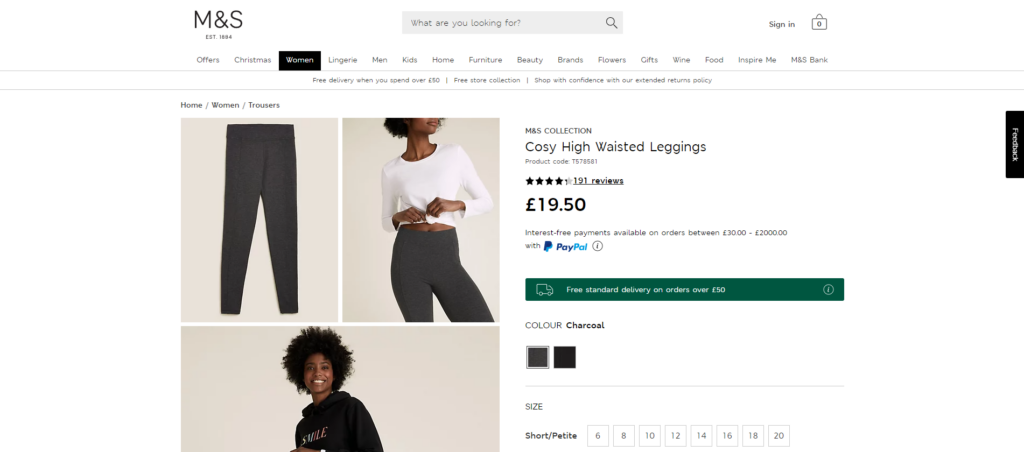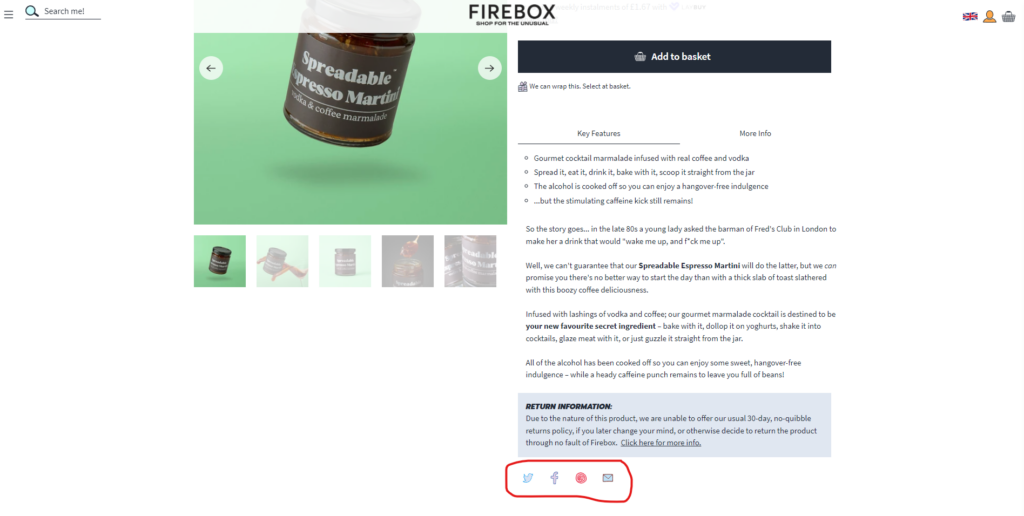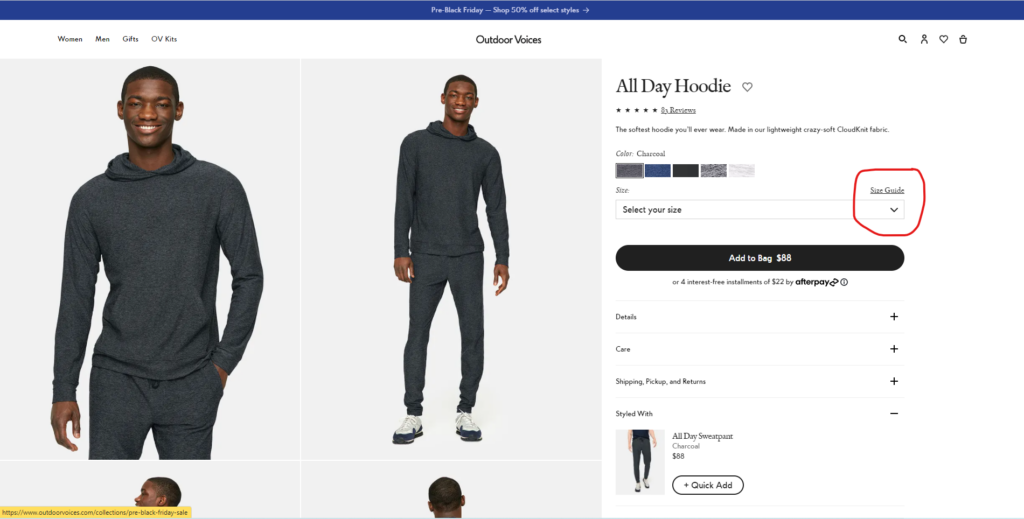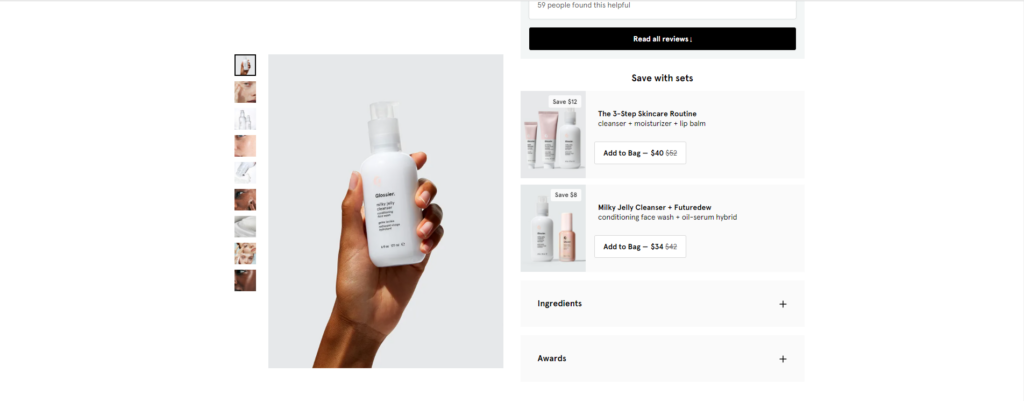You might be thinking that coming up with a good product page takes a lot of work. And you’re right—it does! No sensible customer will trust a subpar product page anyway. So choose to make a product page that can create a fulfilling and valuable transaction for both you and your customers.
Follow this guide, take inspiration from the featured product pages, and formulate a product page strategy that will fit your online store the best. Test out different options, too. The goal here is to increase conversions and make lasting business connections with your customers.
The results will reflect your well-informed efforts. So aim for the top and start making high-converting product pages today.



















